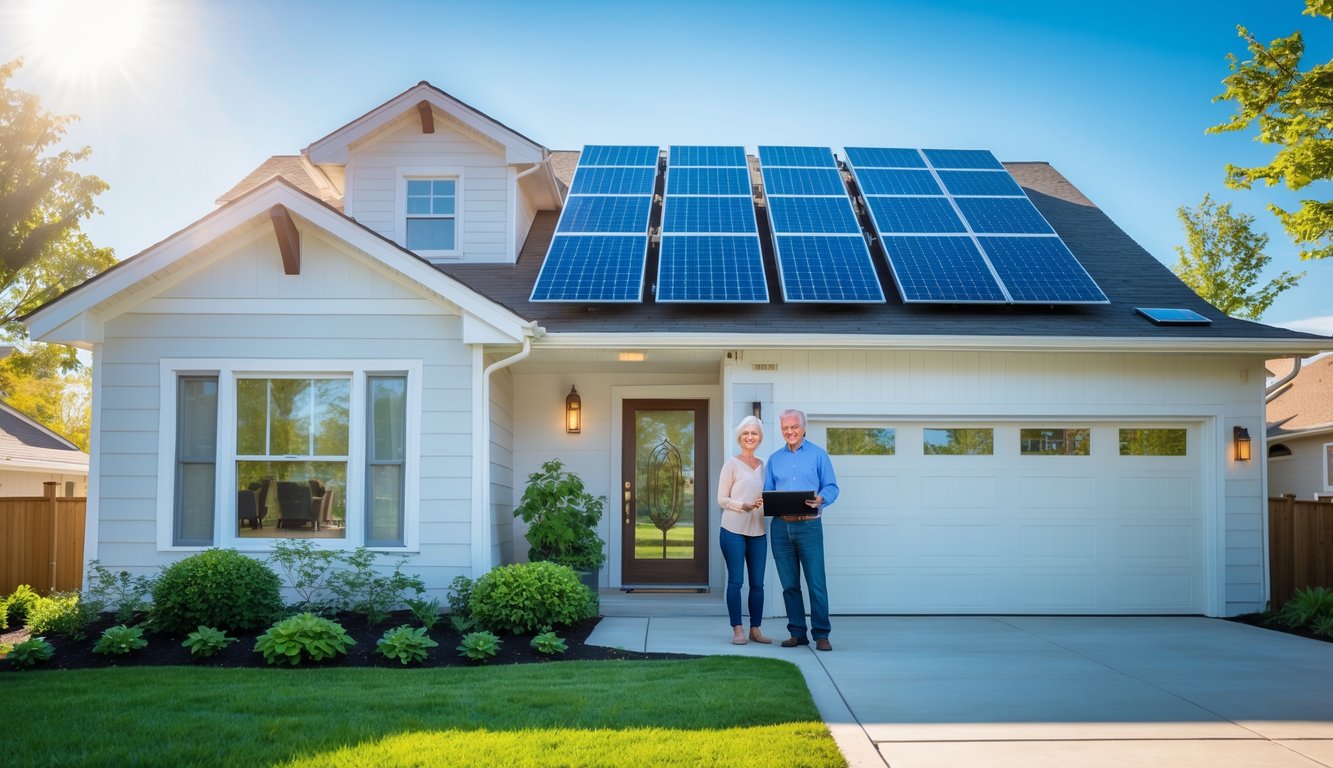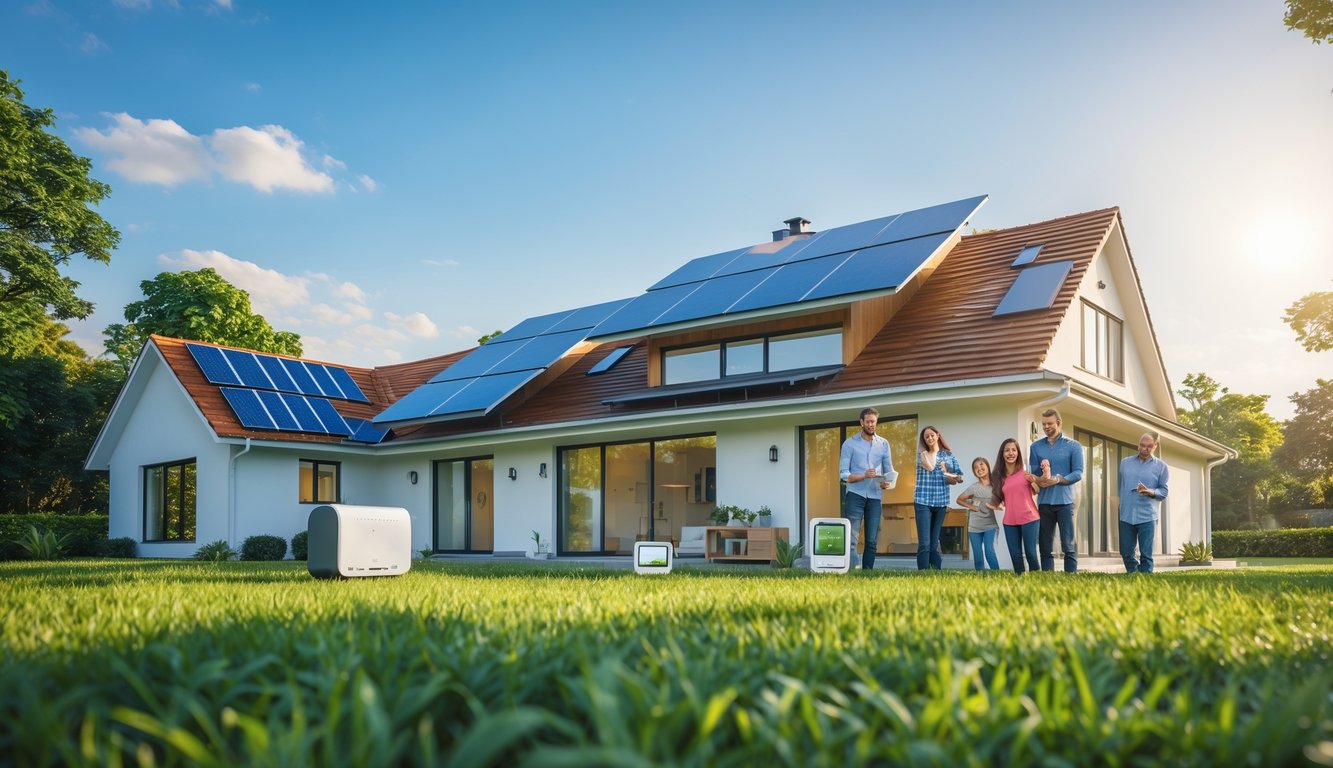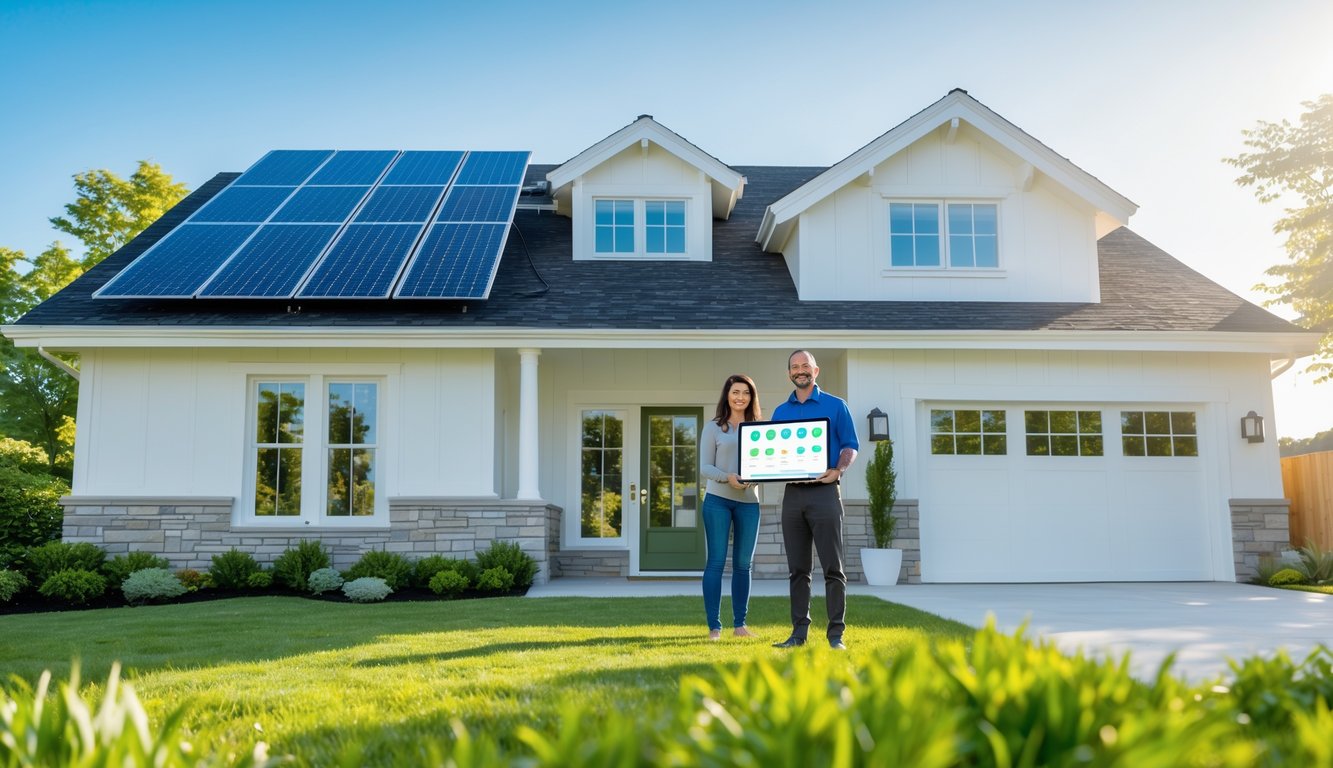
Harnessing Solar and Renewable Energy

Last month’s power bill made me sweat. I started digging into solar and renewable stuff, and now it’s just endless tabs: incentives, manufacturers, warranties that make no sense—why are two panels from the same brand covered so differently? My neighbor’s a solar evangelist, local “green” folks hype rebates that may or may not exist, and state credits? They change every time someone sneezes in the legislature.
Installing Solar Panels and Rooftop Solar
I called three installers. One guy threw so many acronyms at me—PV, MC4, net metering—I just nodded and Googled under the table. Most panels hit 15–22% efficiency, which matters, apparently. NREL says average system cost per watt is under $3.20, before tax credits. But “zero cost” solar? Run away. Permits take forever, HOAs are a nightmare, and you have to pick: microinverters or central? South-facing roofs get the juice. My fridge has a chart taped to it now. Style loses to kilowatts.
Solar arrays can drop bills by 60–90% (EnergySage, 2024), but only if you actually get sun. Sorry, Seattle.
Battery Storage and Backup Solutions
Once panels are up, it’s all about batteries. Powerwall, BYD, Enphase—do I want any of them? No clue. My electrician friend keeps warning me lithium iron phosphate won’t save the blender during a blackout, just the fridge and a couple lights.
Turns out, capacity rating matters more than brand. Ten kWh backup? Lasts 8–12 hours if you’re careful. Run the dryer? Forget it. Rebates exist in California and a couple other places. Most of us pay full price. Some batteries work with solar out of the box, others need hacking and firmware updates at 2 a.m. Storage isn’t cheap. Ten grand, easy. But after two blackouts in a month? I get it.
Exploring Wind and Biomass Options
I’ve never seen a home wind turbine actually spin in my neighborhood. If you don’t get 12 mph wind, it’s just an expensive yard ornament. Rural folks might break even in 15 years, but city rules kill most projects. DOE says only 1% of homes are good for wind, but installers still send me glossy ads.
Tried a biomass stove camping—burned my eyebrows, smoked up my jacket, and ate firewood like a monster. Fine for cabins, but city codes hate indoor wood burners. Pellet stoves claim 75% efficiency and sometimes you get a tax credit, but I keep worrying my house will smell like a barbecue pit. Nobody warns you about pellets rolling everywhere.
Hot Water and Energy-Efficient Plumbing

It’s wild how swapping a couple things in the utility closet suddenly slashes your bills. Water heating eats up 18% of the average home’s energy—DOE says so, and I believe them. The right upgrades under the sink or behind the shower wall save what feels like actual magic money. I don’t miss the old stuff. Except maybe the thrill of a freezing shower. Not really.
Heat Pump Water Heaters
Bought a top-loader, panicked at my bill, never trusted the energy labels. Heat pump water heaters? They steal heat from the air (my dad thinks it’s witchcraft) and dump it into your water. Up to three times more efficient than old tanks. Installation stings, but when your bill drops $40–$60 a month, nobody asks about ROI anymore. Energy Star says most people get payback in a few years.
Not just “less electricity.” They actually cool the room a bit, which is weird but sometimes nice. Plug-in models can be noisy, and if you stick one in a closet, you’ll regret it. Learned that the hard way.
Water-Saving Fixtures
I’ve replaced so many leaky faucets, I’ve lost count. Swapping in WaterSense showerheads or toilets is dead simple, but nobody talks about it until their water bill explodes. Somewhere—maybe an HOA newsletter—I read these things can cut water use by 30%, especially in old buildings.
Honestly, new toilets don’t feel low-flow. They just work. Aerators? Three bucks, five minutes, and suddenly the faucet doesn’t blast you. Cheap showerheads are still a pain to clean, but the savings add up if you actually keep track (I don’t). Nobody brags about new faucets, but maybe plumbers should.
Financial Incentives Making Upgrades More Affordable

What drives me nuts is how fast these “unreachable” upgrades start saving real money. Most people hear “rebate” and think scam, but when I crunched the numbers, the savings were no joke. Even my cousin with a house full of incandescent bulbs couldn’t argue with a 30% tax credit.
Federal and State Tax Credits
Filing taxes nearly made me quit DIY energy stuff—until my accountant flagged the Energy Efficient Home Improvement Credit and Residential Clean Energy Credit. That’s 30% back on heat pumps, windows, doors, solar panels, straight off your federal tax bill. Up to $3,200 a year for some upgrades. Not just a marketing line. People get tripped up on “lifetime limits”—but now it’s annual, not once-and-done.
The requirements? Ugh. ENERGY STAR ratings, receipts, manufacturer statements—I lost $200 on a missing window sticker once. State and local credits can stack, but only if you jump through hoops. My neighbor in Colorado got a deduction for geothermal, my brother in Texas got nothing. If you’re not combing through IRS Form 5695, you’re missing out.